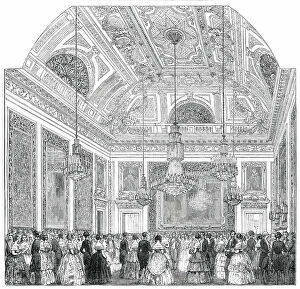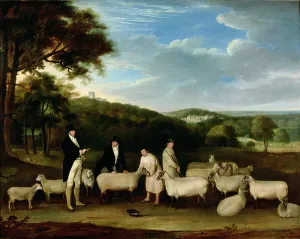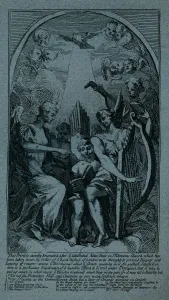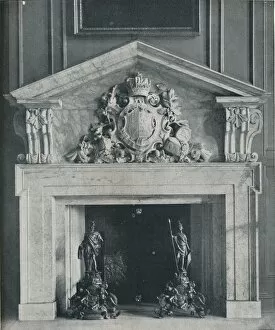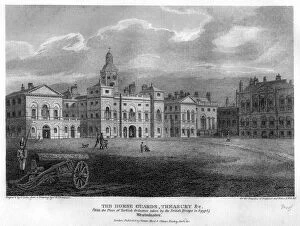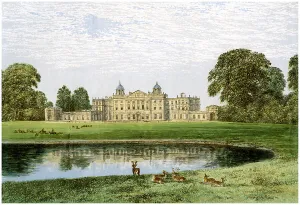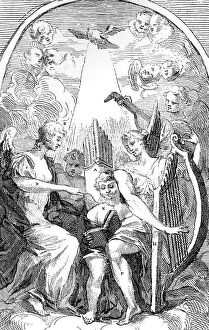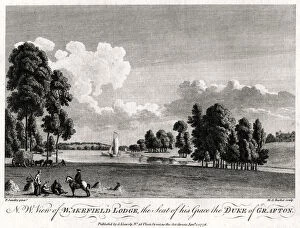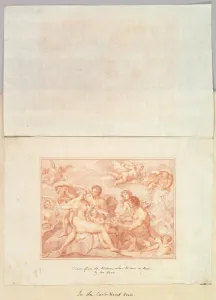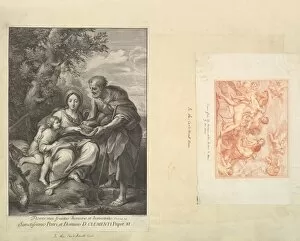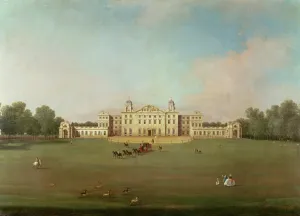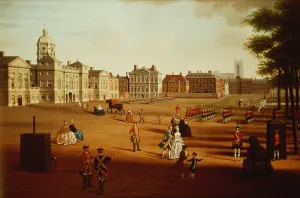William Kent Collection
William Kent, also known as "The Man of Taste, " was a prominent figure in the world of art and design during the 18th century
All Professionally Made to Order for Quick Shipping
William Kent, also known as "The Man of Taste, " was a prominent figure in the world of art and design during the 18th century. His contributions to various fields such as painting, architecture, and landscape gardening have left an indelible mark on British culture. One of his notable works is "A Conversation of Virtuosis. . at the King's Arms, 1735. " This oil on canvas painting showcases Kent's ability to capture lively social gatherings with intricate details and vibrant colors. It exemplifies his talent for creating visually stunning compositions that depict the essence of elegance and refinement. Chiswick House, engraved in 1823, stands as a testament to Kent's architectural prowess. The grandeur and symmetry displayed in this engraving highlight his mastery in blending classical elements with innovative designs. These qualities are further evident in one of a pair of George II library tables made from mahogany and ormolu. The exquisite craftsmanship reflects Kent's dedication to creating pieces that exude both beauty and functionality. Kent's expertise extended beyond buildings; he was also renowned for his skillful landscaping work. A Plan of the Gardens at Stowe demonstrates his ability to transform outdoor spaces into breathtaking landscapes filled with meticulously arranged gardens, fountains, and pathways. This plan serves as a blueprint for future generations seeking inspiration from nature combined with artistic vision. In addition to these accomplishments, William Kent played an essential role in commemorating literary figures like William Shakespeare through designing memorials such as the one erected in 1740. His attention to detail can be seen even in black-and-white photographs capturing this memorial. Throughout history, artists have sought inspiration from great minds before them; thus it comes as no surprise that there are engravings depicting William Kent himself engrossed in creative pursuits or being recognized for his exceptional talent - truly embodying "The Man Of Taste. " Kent's influence extends beyond visual arts; he has left an indelible mark on the cultural landscape of London.



